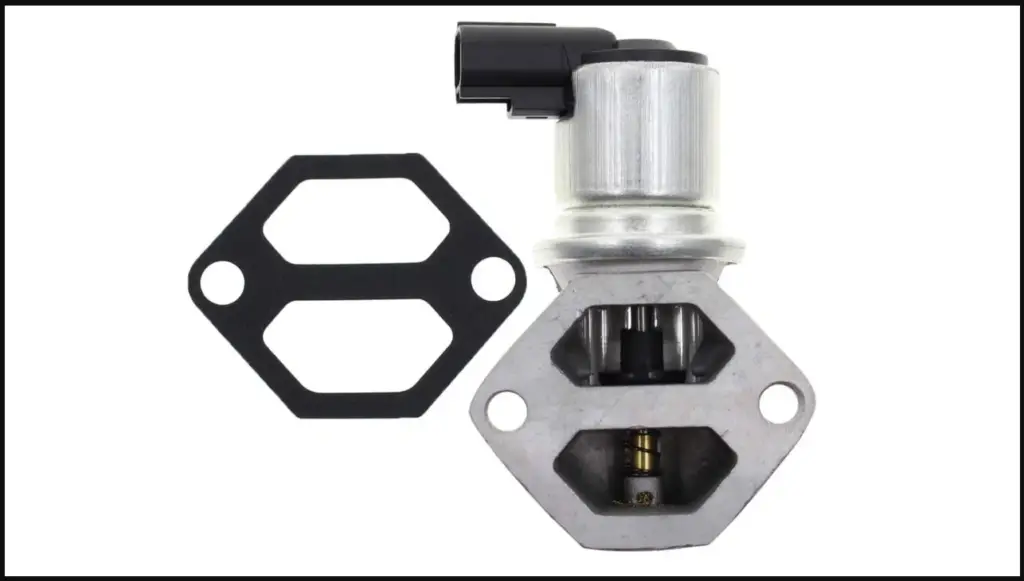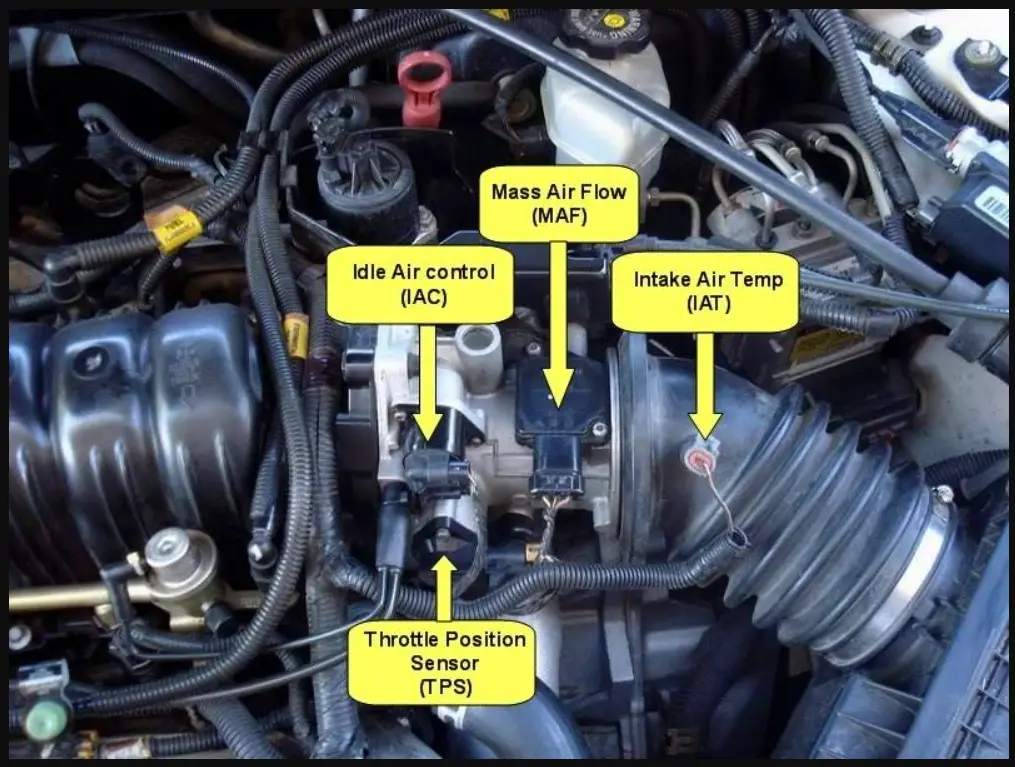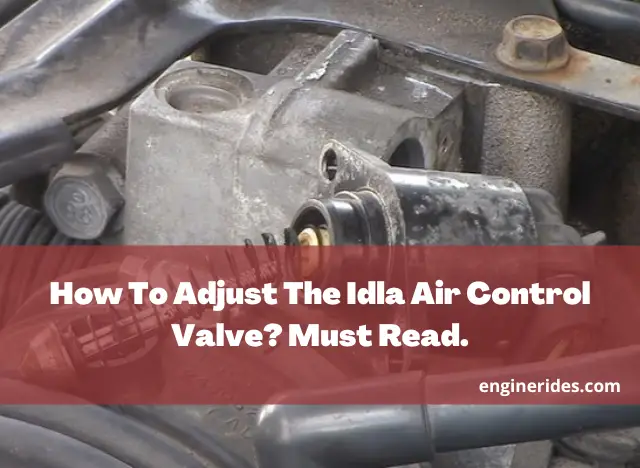How To Adjust The Idla Air Control Valve? Must Read
The IAC valve is a critical component that controls the engine’s idle speed. We’ll answer common questions about why you might need to adjust the IAC valve, when it’s necessary, and the step-by-step procedure to do it correctly.
Additionally, we’ll explore the potential benefits of adjusting the IAC valve and address frequently asked questions to ensure you have all the information needed to optimize your vehicle’s performance.
Why Adjust the Idle Air Control (IAC) Valve?
The Idle Air Control (IAC) valve is responsible for regulating your vehicle’s idle speed. Over time, factors such as wear and tear, carbon buildup, or changes in engine conditions can affect the IAC valve’s performance.
Adjusting the IAC valve can help ensure that your vehicle idles at the correct speed, leading to smoother operation and improved overall performance.

When Should You Consider Adjusting the IAC Valve?
You may need to adjust the IAC valve under the following circumstances –
Irregular Idle Speed – If your vehicle’s idle speed is erratic, fluctuates, or is consistently too high or too low, it’s time to consider an adjustment.
Is Your Car Stalls After Getting Gas? Causes And Fixing Explained
ENGINERIDES.COM
Engine Stalling – Frequent engine stalling, especially when coming to a stop or at idle, can indicate the need for IAC valve adjustment.
Poor Throttle Response – If you experience sluggish or unresponsive throttle response, adjusting the IAC valve may help improve acceleration.
How to Adjust the Idle Air Control (IAC) Valve?
Follow these step-by-step instructions to correctly adjust the IAC valve in your vehicle –
- Safety Precautions –
- Ensure your vehicle is parked on a level surface and is safely secured.
- Turn off the engine and disconnect the negative terminal of the battery to prevent electrical accidents.
Step 01. Locate the IAC Valve –
- Identify the IAC valve’s location on or near the throttle body of the engine. Refer to your vehicle’s manual if needed.

Step 02. Access Adjustment Screws –
- Some IAC valves have external adjustment screws, while others may require disassembly for adjustment. Determine which type your vehicle has.
Step 03. Adjustment with External Screws –
- If your IAC valve has external adjustment screws, turn them clockwise to increase idle speed and counterclockwise to decrease it.
- Make small, gradual adjustments and monitor the idle speed with a tachometer.
How To Bypass TCC Solenoid; Complete Guide
ENGINERIDES.COM
Step 04. Reassemble and Test –
- If disassembly was necessary, reassemble the IAC valve and ensure it is securely attached.
- Start the engine and allow it to idle. Monitor the idle speed and adjust as needed until it reaches the correct level.
Finally. Test Drive –
- Take your vehicle for a test drive to assess the overall engine performance, including throttle response and acceleration.
Conclusion
Adjusting the Idle Air Control (IAC) valve in your vehicle can be a valuable step in maintaining a smooth and efficient idle speed. By following the outlined procedure and considering the symptoms mentioned, you can optimize your vehicle’s performance and address common issues related to irregular idle speed and engine stalling.
Related FAQs
1. Can adjusting the IAC valve improve fuel efficiency?
Yes, a properly adjusted IAC valve can help optimize the air-fuel mixture, potentially leading to improved fuel efficiency.
2. Is it safe to adjust the IAC valve on my own?
Adjusting the IAC valve can be done by those with basic automotive knowledge. However, if you’re unsure or uncomfortable with the process, consult a professional mechanic for assistance.
3. How often should I adjust the IAC valve?
IAC valve adjustment is typically a one-time task. Adjust it only when you encounter symptoms of irregular idle speed or poor engine performance.
4. Can adjusting the IAC valve cause damage to the engine?
When done correctly, adjusting the IAC valve should not cause damage to the engine. However, excessive or incorrect adjustments can lead to other issues.
5. What if adjusting the IAC valve doesn’t resolve the problem?
If issues persist after adjusting the IAC valve, consult a mechanic for a thorough inspection and potential repairs to ensure your vehicle runs optimally.







